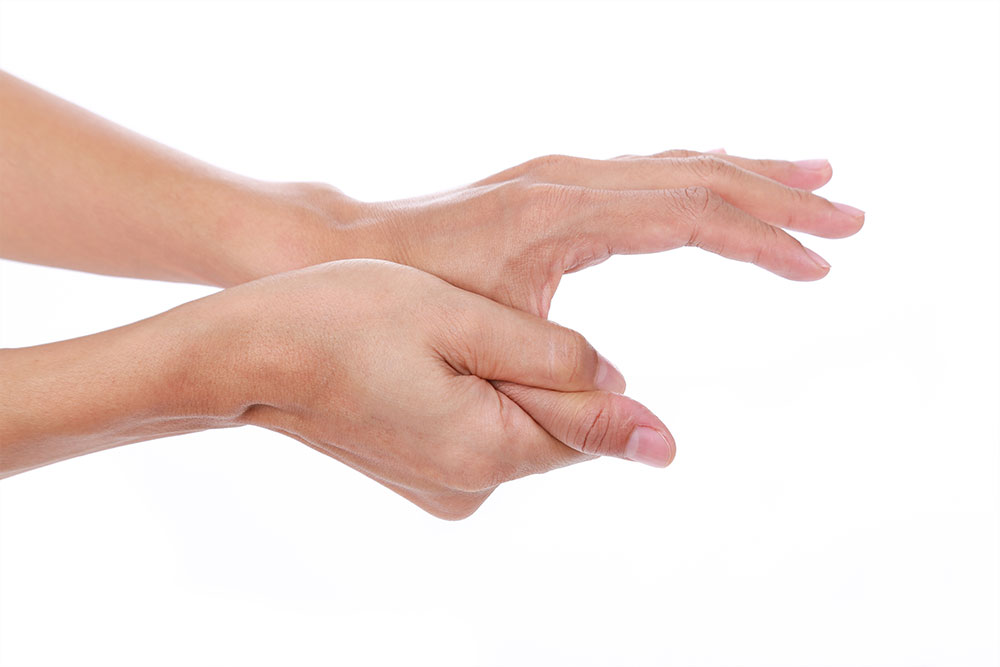As more and more people are using smartphones in today’s times, there seems to be a rise in health risks too. With everything available right at our fingertips, there are high chances of your fingers, especially your thumbs, swelling up, getting strained, or a sensation of sharp pain. This is what is known as a texting thumb. You're making repetitive movements and pushing your thumb through a wide range of motions when you text or use your smartphone. These movements aren't particularly meant for your thumb, hence the pain and the swelling.

Treatment
These movements, over a long period of time, can cause tendons to overlap and cause a blockage, which not only is extremely painful, but can also block movements completely. So, how can you avoid this? Here are some options you should consider:
• It is critical to get some rest. The irritation will worsen if you continue to use your thumb. Ice can also be used to alleviate discomfort. Every four to six hours, apply an ice pack to your wrist for 15 minutes.
• Pain can be relieved by over-the-counter anti-inflammatories. It is advisable to consult your doctor about the appropriate dosage and frequency.
• Wearing a hand brace that supports your thumb and wrist is another option. Your doctor may advise you to use it simply for pain relief, depending on your situation. Alternatively, they may advise you to wear a brace for four to six weeks.
• Stretching exercises may also be recommended by your doctor to aid pain relief. You might also wish to speak with a physical therapist (to help with movement exercises) or occupational therapist (to understand the reason behind spending so much time on your phones).

How To Avoid Getting Texting Thumb
Here are some ways to avoid getting a texting thumb:
• Take the support of your forearms when using your smartphone to improve your posture, instead of leaning over your phone.
• Hold your phone in one hand while texting or scrolling with your index finger on the other. This minimises the need to use your thumb at all times.
• Keep your messages to a minimum. Instead of typing every letter, use acronyms wherever possible, and predictive text.
• Instead of texting, leave a voice message or make a phone call.
• It's best not to text too quickly, which would put undue pressure on your thumb.
• To keep track of your usage, set up alerts on your phone.
• Stop using your phone and rest your hands if you experience any pain or discomfort.

Exercises To Try
Some stretching exercises that you can try are as follows:
Exercise I
• Stretch your thumb back with your other hand's index finger, applying mild pressure.
• Hold the position for 5 seconds.
• Repeat a couple times more. Do this a total of 20 times every day.
Exercise II
• Wrap your fingers and thumb in an elastic band.
• Make a gentle movement with your thumb against the band.
• Repeat 10 times more.
Exercise III
• Keep your hand on a table.
• Maintain your hand's stillness.
• Extend your thumb to the side as far as possible.
• Return your thumb to the tips of your fingers.
• Repeat 5–10 times more.